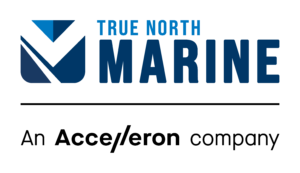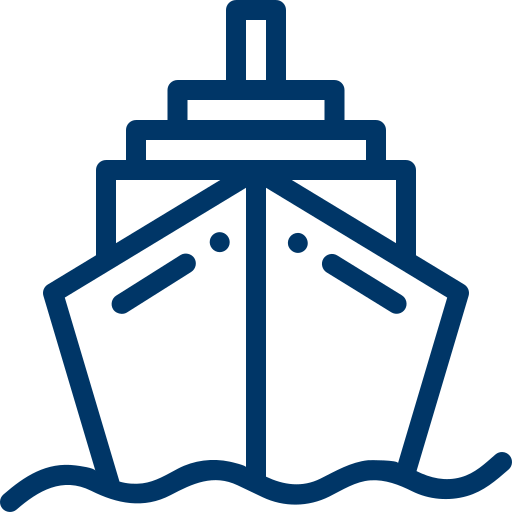By Brian Hatter
A few weeks ago, UKHO announced that it was beginning to phase out production of paper charts on the path to digitization. Several ex-colleagues and peers sent me links to various articles, and it really made me take a step back and think of all the changes that have occurred in our niche industry of “weather routing” since I started back in 1995.
Back when I started in the mid 90’s the pace was much slower. We used to receive our weather data in the form of weather charts via fax and then interpret those charts to prepare our own forecasts. We would plot courses on Pilot Charts to calculate daily distances and telexes were the norm with the odd cable still being sent in certain situations. We even had typists preparing final reports and sending them via the post.
While technology has certainly improved efficiencies and the quality of data being used, the underlying performance calculations and resulting performance claims have not changed much and in fact are the same that they have been for many decades as shipping is steeped in tradition and quite resistant to change.
All of the above is set to change and indeed has been changing over last few years. Shipping seems to have finally embraced technology and much of this has been instigated by new emission regulations coming into force. A voyage is no longer simply based on hire costs and fuel costs. There is now a 3rd cost to consider which is emissions and this is radically changing the entire outlook for some companies. This more complex calculation is a perfectly suited puzzle for AI and Big Data.
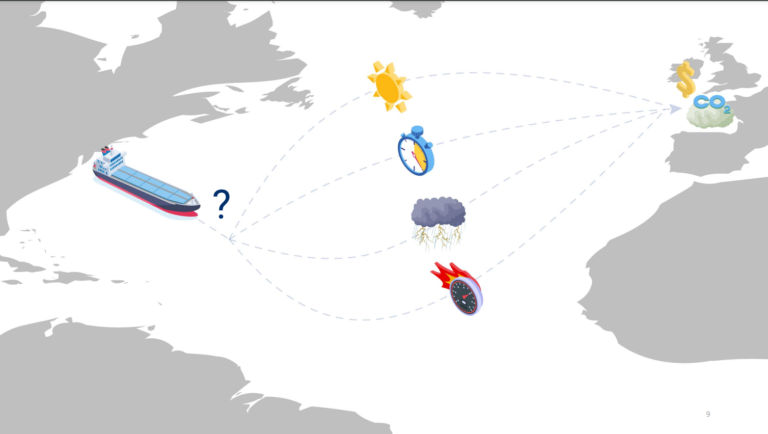
Back in 2019, we partnered with IVADO an AI Research and Transfer Institute based here in Montreal to develop an algorithm which could optimize voyages. Using Digital Twin technology and our vast amounts of collected weather and vessel data, the academic team at IVADO and our in-house team led by Capt Gurjeet Warya have created a multi-objective Voyage Optimization module, with the ultimate goal of better management of voyage time and costs and reducing carbon footprint while always maintaining safety of vessel as top priority.
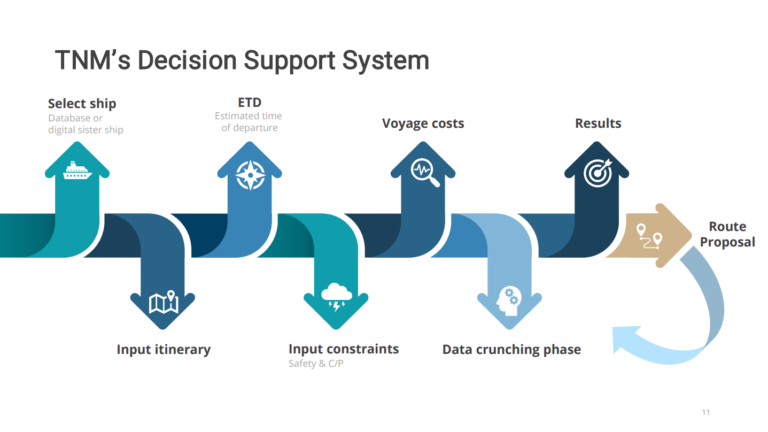
Weather Routing 2.0 at True North Marine is a platform where we can truly offer our client the best of both worlds. If the client wishes, we can weather route the vessel in a traditional manner using CP speed and consumption warranty or we can forego usual warranties and optimize the voyage basis a set of criteria provided by the client or a hybrid of both where client can evaluate the trade-offs of traditional weather routing vs optimization.
Where we aim to differ, ourselves is by taking a HILO (human in the loop approach) where our Analysts will work with our clients to decide best option pre-voyage and then closely monitor voyage while making any necessary in-voyage adjustments to always ensure best performance and targets (emissions, required eta, voyage cost etc. ) being met.
We understand from years of experience that time is a precious commodity and that our clients often lack same given all the responsibilities when operating a vessel. The HILO approach is meant to address this pain rather than provide our clients with more tasks to manage. Our Analysts (many of whom are ex-seafarers) are in the perfect position with their experience to manage this aspect of the voyage thus saving our clients precious time and headache.
The exciting part of above is that the algorithm will continually improve as it collects more data about specific vessels, weather patterns, routes chosen etc. Furthermore, the data itself will become extremely powerful information for our clients allowing them to make more informed decisions, better vessel identification, risk assessment etc.
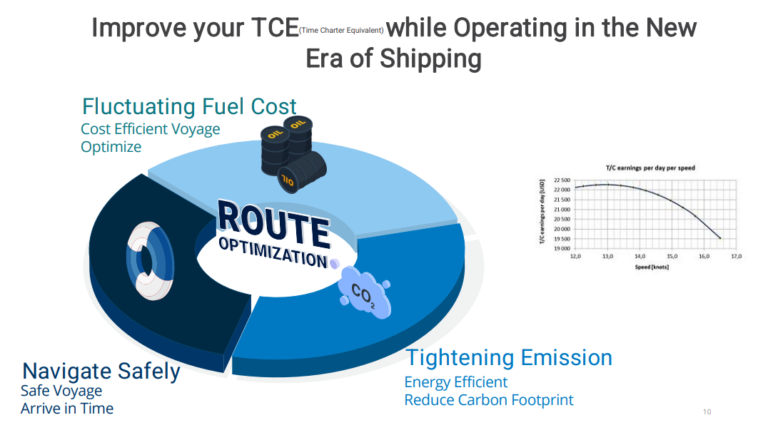
While some of those colleagues that contacted me regarding the loss of paper charts were lamenting, I think these changes are quite exciting and am curious to see how they will change shipping in the future. How much can optimization lead us in the decarbonization push within the shipping industry? How will wording in charter parties change? How will the dynamics between Owner and Charterer change?
We would love to hear your views. If you’re interested in working with a company that is looking to collaborate with its clients and embracing these changes while always being commercially mindful, please reach out to us. We would be happy to discuss
